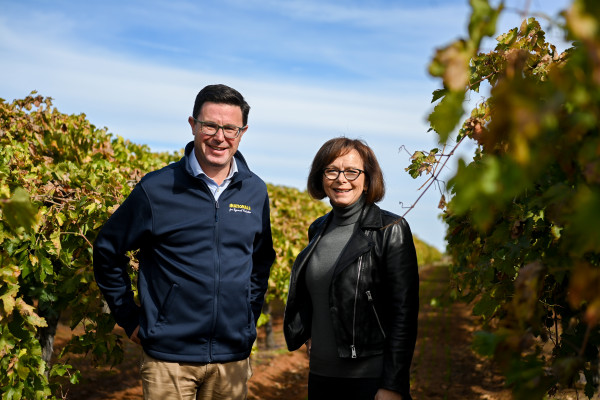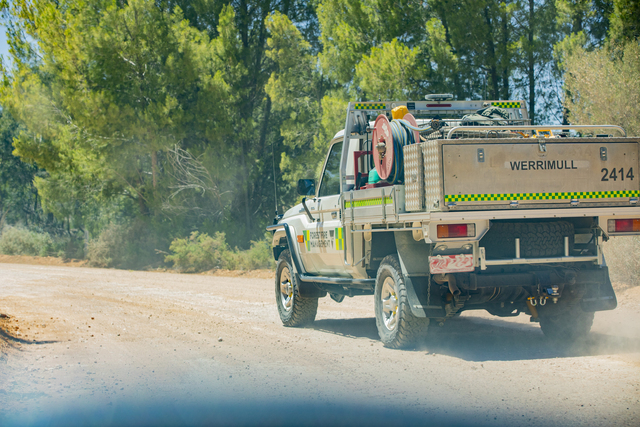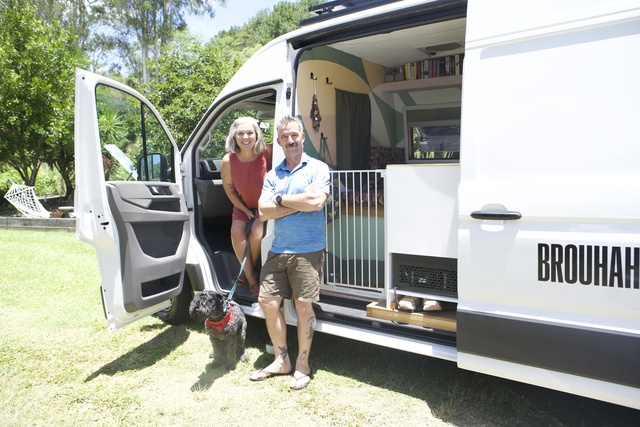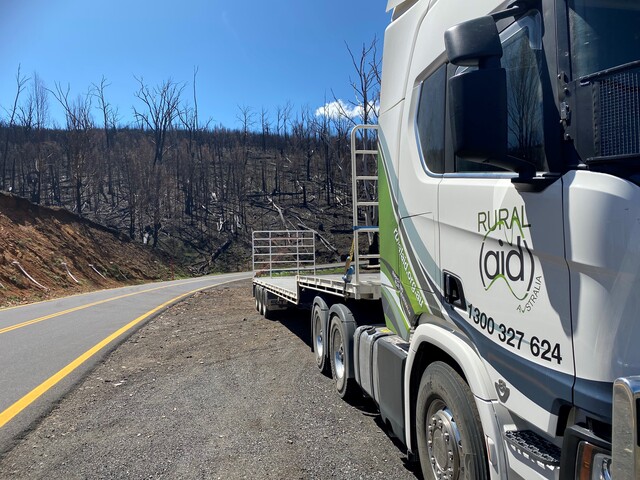THE political marriage of the National and Liberal parties, known as the Coalition, is over at the federal level.
The split was announced by the grouping’s junior partner leader David Littleproud.
Recently re-elected National Party Member for Mallee, Anne Webster, said the split was about principles and a refusal by the new Opposition.
“Today, The Nationals took a principled position that with our strong, regionally focused policy positions — on a permanent fund for regional Australia’s needs, on supermarkets, on nuclear as part of our energy mix and reliable mobile coverage — that it was best for now that we stand apart from the Liberal Party,” Dr Webster said via a statement.
“During the last term of Parliament, The Nationals fought hard for a package of sensible and important policies that will benefit regional Australia and the future of our nation.
“These were adopted as Coalition policies and were strongly supported by local communities.
“Following discussions with the Leader of the Liberal Party, The Nationals do not have the assurance we need that these policies will be honoured in a future Coalition agreement.
“We will not walk away from the $20 billion Regional Australia Future Fund, which would provide up to $1 billion extra funding every year for regional projects, from improving access to better health, child and aged care, through to fixing local roads and building new sporting facilities.
“We will not walk away from ‘big stick’ divestiture competition laws that keep the big supermarkets honest and deliver fairer prices for farmers at the farmgate and families at the checkout. We will not walk away from an improved Universal Service Obligation for communications, forcing a better minimum standard for regional mobile and internet access.
“We will not walk away from the potential of nuclear power as a necessary element of a balanced energy mix that secures Australia’s energy security.”
First formed in 1923 as the Nationalist/Country Party Coalition, the following century saw a number of breakups between the subsequent iterations of the two parties and their partnership. The last time a formal separation occurred was 1975.
At this month’s Federal election, the Nationals had nine lower house members elected in their own right, while the Liberal Party had 18 members elected.
In Queensland the parties are formally joined as the single Liberal National Party, or LNP.
Monash University’s head of politics Dr Zareh Ghazarian said like any divorce, the Coalition’s spilt could be messy.
“The Liberals and Nationals have always been separate parties who have worked co-operatively together, and we have seen cases at a state level where coalition agreements have been dissolved,” he said.
“But we also see perennially that the question comes up on whether these parties should formally merge, and we’ve seen that happen with the LNP in Queensland, so it will be interesting to see how the new arrangement plays out in practice.
“What we do know is that the Liberals will continue to be recognised as the official Opposition, as the party with the second highest representation, and there are funding and shadow Cabinet entitlements that come with that.”
That official Opposition status means Dr Webster is unlikely to be given a shadow portfolio.
“As Shadow Assistant Minister for Regional Health in the previous Parliament, I have developed comprehensive health policy that is regionally focused, as it needs to be, because we have serious and urgent needs,” she said.
“The Nationals will now have the clear air to advocate without restraint for Mallee and for regional Australians.
“Today’s bold decision shows The Nationals will never take a backward step in fighting for regional Australia’s best interests.”








